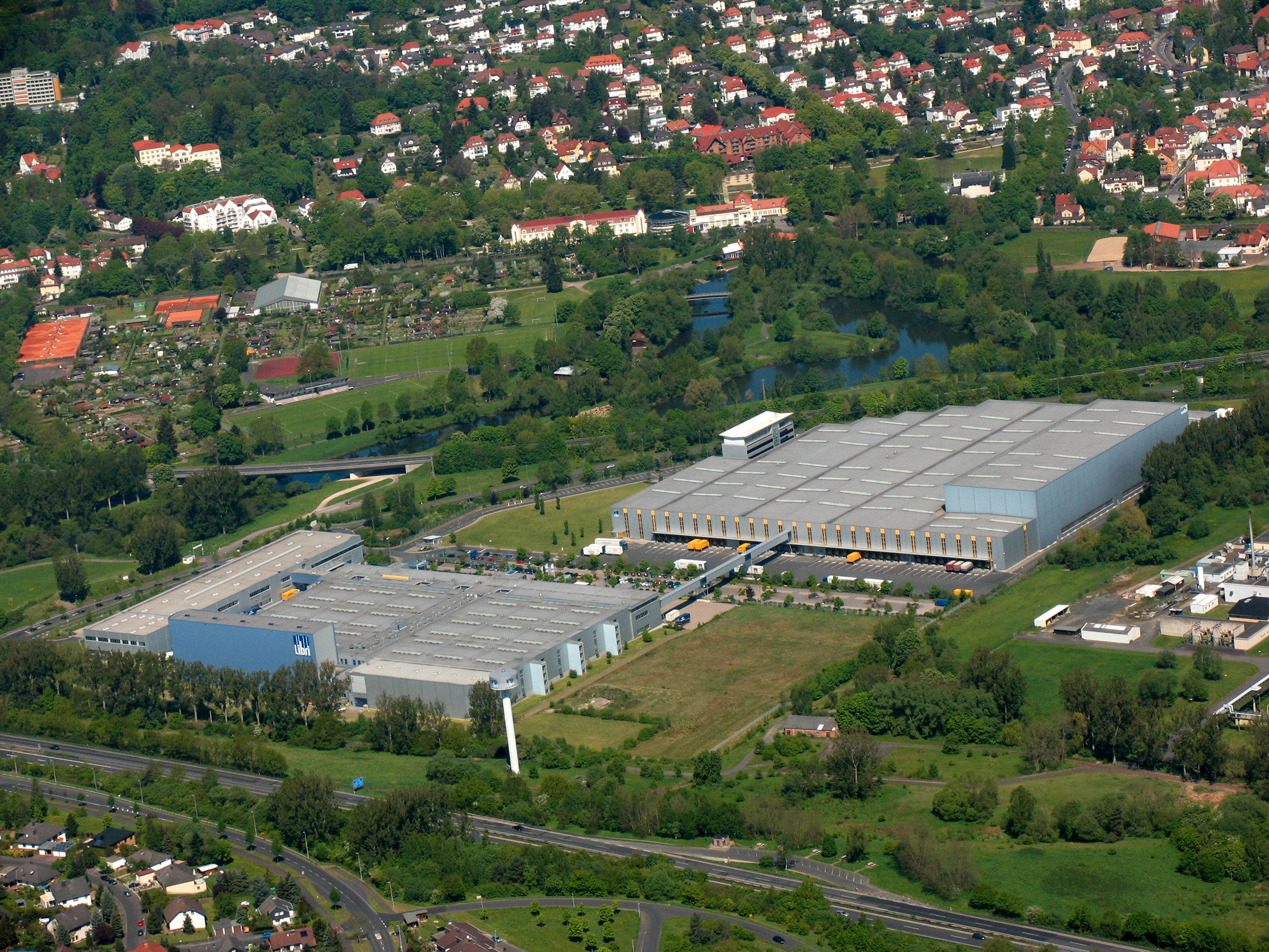Upload your press release
Libri tabs WITRON for omni-channel logistics

European book sellers Libri, PLUREOS and BoD have chosen the German logistics automation integrator WITRON to fully integrate their expanded print-on-demand, warehouse and logistics site in Bad Hersfeld, Germany. Together, they are building Europe’s largest, state-of-the-art print-on-demand center. Upon completion in autumn of 2021, millions of national and international titles will be available to readers on a permanent basis, overnight, and through a sustainable production system. “The combination of print, logistics, and fast shipping with PLUREOS in this industry sector is unique in Europe,” said Jörg Paul, COO of Libri. The DC will service 3,800 traditional brick and mortar bookstores across Europe, as well as 1,200 internet stores across all channels.
With a current throughput of 700,000 books picked per day, the existing facility could not be off line for the modernization and expansion project. WITRON will have to update the existing stacker cranes, the entire conveyor system and redirect the facility’s material flow while the DC is in full operation. “We are modernizing and changing in parallel during ongoing operation, an open-heart surgery, so to speak”, explains Ulrich Schlosser, Project Manager at WITRON.
Upon facility completion, the on-demand printing presses will be connected directly to the Enterprise Resource Planning (ERP) system, which will also exchange data with WITRON’s logistics systems including books to be printed, shipping windows and customer data. Printed books will enter the conveyor system where they will be identified by barcode in the Warehouse Management System (WMS), which will process the information and sort the orders. The book is placed into a bin and either goes directly to the picking station or into a buffer. In the buffer, the individually printed book may be waiting for additional titles to complete a specific order. The ordered books are consolidated and then transported to a picking station. In the best seller area, Libri works with WITRON’s DPS system (Dynamic Picking System) which will sort by goods-to-person or person-to-goods. Depending on the order structure, the items are arranged in the pick front either permanently or on a demand-oriented basis, for flow optimization. The classification of the product structure is consistently verified and adapted by the DPS. Semi-automatic picking is supported by a pick-by-light system.
Designed for the requirements of the omni-channel business, the books can be picked for store orders into shipping bins and for online orders in a pick and pack process into the shipping carton. Replenishment of the picking zones, integrated in the tote warehouse, is exclusively system-controlled by stacker cranes.
“The challenge in the project is the IT. We have to coordinate the time windows, design the buffers, and feed the inventory system with information”, says Schlosser. In addition to the 156 tote stacker cranes in the old warehouse area, the technicians are installing additional devices in the buffer zone of the new book print area.
For more information, visit www.WITRON.com
Related Articles
Copyright ©2024. All Rights ReservedDesign, CMS, Hosting & Web Development :: ePublishing